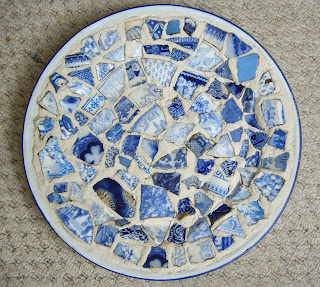En route for Cumbria, we spend two days visiting Macclesfield, known by locals as "Macc". Macclesfield began as a centre for the production of silk covered buttons and from there developed "Throwing" mills for silk - "throwing" meaning plying to make thread. With French silk no longer available, the early 1800s were boom years for Macclesfield.
From the Town centre, the hills leading up to the Cat and Fiddle Inn and Wildboarclough are constantly in view. Wonderful Venetian windows remain on buildings in the town centre.
Once there were 120 silk mills in Macclesfield; now there is only one, although the mill buildings are everywhere, being used as offices and kitchen showrooms and apartments. We visited the Heritage Centre, once a Sunday School for 2000 children, and built on exactly the same lines as a mill.
We had a guided tour of Paradise Mill, with Jaquard weaving looms for woven silk. We were shown how the silk fibre is produced and the various processes preparing it for weaving. Children as young as three would wind the little spools, or perns, which fit into the shuttles, using this wheel. I had only ever seen that word in Yeats' poetry, and I had no idea what it meant.
 |
| Winding a pern |
Once the pern was in the shuttle, the thread was sucked though an aperture, hence the name "kissing shuttle". Later, we would learn how this process spread tuberculosis and meant that cotton weavers inhaled the fibres.
We were shown the design sheets, coloured in blocks of eight so that the holes could be punched on the Jacquard machine. All that ingenuity to produce motifs on woven silk. We also saw the Design school where students learnt their trade. What we did not see were the four two up, two down cottages which were found to be housing 140 people - perhaps on a shift system - with only "the remains of a privy" between them. That would be in the mid-nineteenth century. We did hear a lot about how weavers rented their looms from the factory owner often paying over most of their earnings, and how five was the starting age but a tall three year old might be set on to work.
All in all, it was a fascinating place to visit.


























.JPG)